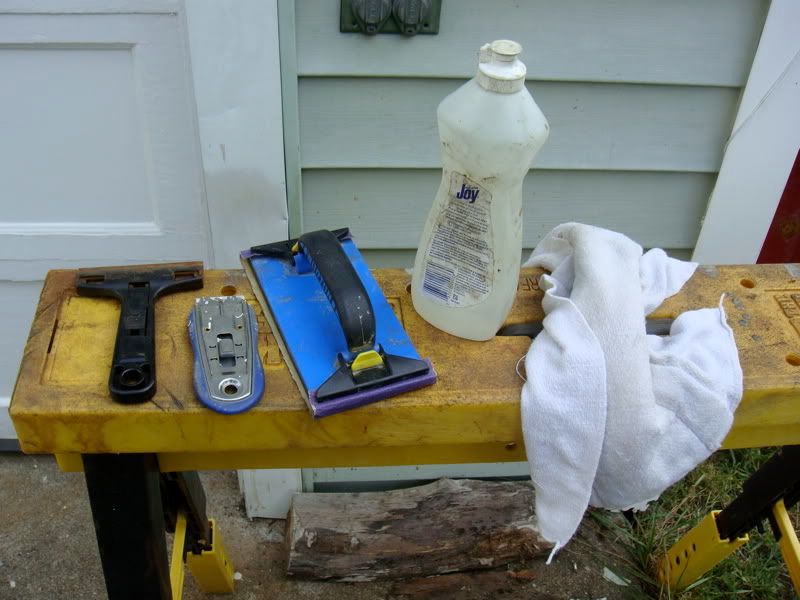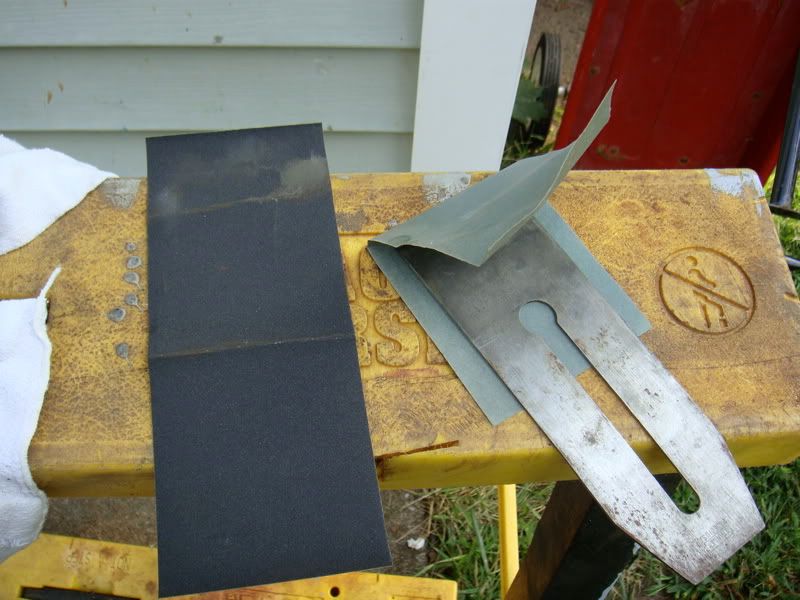I've been hunting high and low for some big handsaws for a long time now, and just recently scored bigtime on ebay. Here's the gloat part: I scored 9 saws for $20:
Even after shipping to me here in Finland I paid less than $8 a saw. I'm pretty pleased with that - locally the best I've found scouring flea markets is 20€ for a saw that was doing a great impression of a pretzel!
So now the big rehab project begins. I've never done it before, so I thought I'd ask for some advice. I've read a ton of great articles on the topic, but faced with so many options here I'm a bit lost with where to start!
I've got here:
Disston D-8 - skewback 22", ~8.5PPI cross-cut. Pretty decent condition, bit curved. Medallion says "Disston Phila" so I guess sometime between 1917 & 1940.
Disston D-8 - skewback 22", 12PPI cross-cut. Excellent condition - sawplate just needs a light scrub with steel wool and teeth a sharpen and it'll be a great saw. Etch is faint but visible, medallion reads "H Disston & sons Philada", so 1896-1917.
Disston D-15 or D-23 - straightback 26", ~7PPI cross-cut. Kinked near the tip. Medallion reads "Disston USA" and is nickel with a brass center. Nickel plated screws.
"Warranted superior" - skewback ~24.5", ~5.5 PPI rip. Very good condition and sharp - took this one straight out and ripped some pine with it. Sawplate needs a good clean, but it seems to be a great user.
"Warranted superior" - straightback ~26.5" with nib, 10PPI cross-cut. It has about 6.5" of plate depth measured in front of the handle - looks like a very nice saw.
Harvey Peace, straightback ~26.5" with snapped nib, ~7.5PPI cross-cut. Front toe corner of the plate is snapped off, and needs the teeth completely re-cut. There is 6.8" of plate left though so plenty of space to retooth. Medallion reads "Harvey W Peace Brooklyn NY"
"??"- straightback 26", ~7.5PPI cross-cut. This one has a big kink and a crack in the plate about 8" from the tip. No identifying marks that I could see, but the handle is reinforced with a metal plate on both sides.
"??" - skewback 26", ~6.5PPI rip. This one has evidently been in the wars - the sawplate is down to 5.1" at the handle and 1.4" at the tip, the medallion and all but two nuts are missing, blade has two kinks in it and evidently the entire thing has been dipped in paint at some point. The chipcarved handle looks a lot like a Disston to me.
Spear & Jackson - straightback 26" with nib, 5.5PPI cross-cut. The plate has a gradual curve to it and a small kink & crack in the toothline towards the tip. about 6.7" of plate depth left. Handle is in terrible condition, and rather club-like.
I'm looking to sort myself out with a nice array of PPI & cut types suited for a good range of activities, all the way down from resawing by hand.
So where should I start? I was thinking of maybe starting with the Spear & Jackson - de-rusting, straightening the plate, jointing the teeth away, re-toothing as a heavy rip strategically to waste away the crack, and a new handle. Or should I start with one of the simpler cases before I go the whole hog?
Here's the crack and kink in the S&J:
And here's the big crack in the unknown reinforced saw's plate:
Is there anything I can do about this crack, or should I just cut the end off and make it into a panel saw?







 Reply With Quote
Reply With Quote








